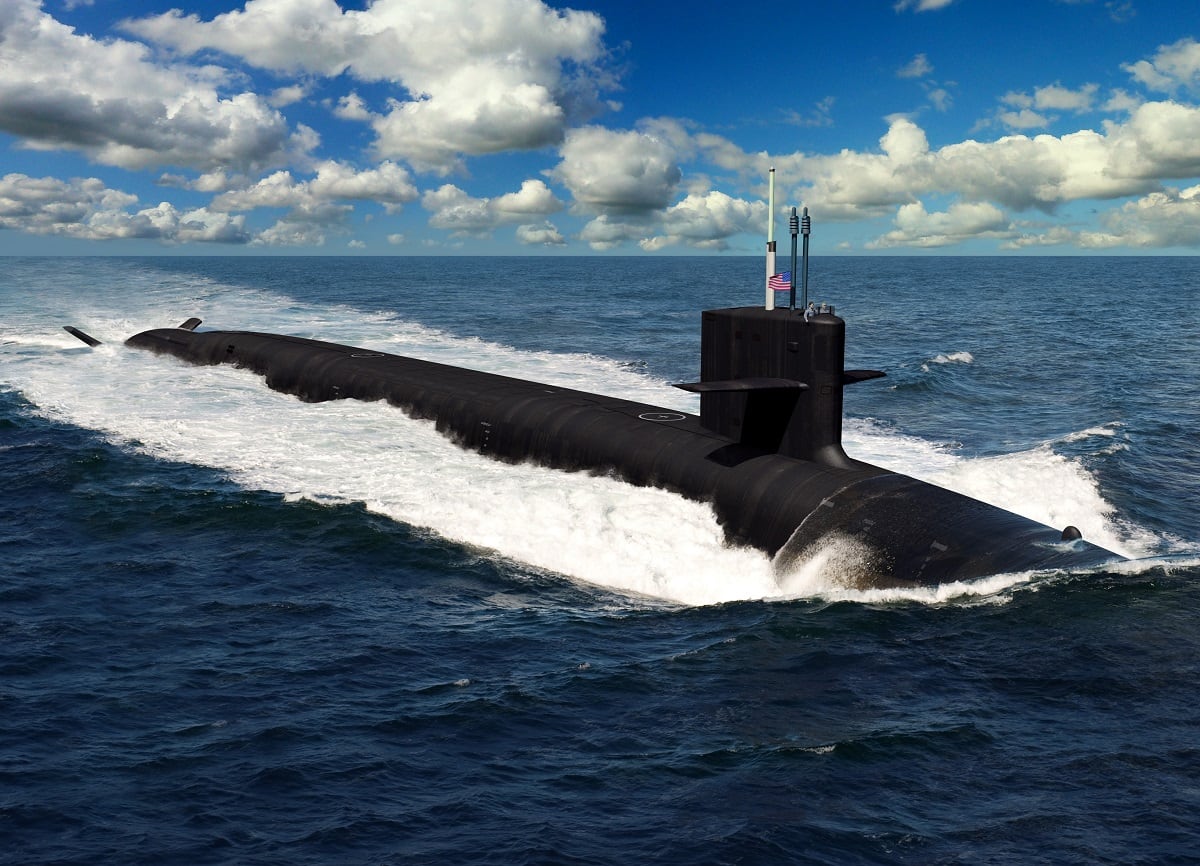WASHINGTON — It has been five years since the attack submarine Boise returned from its last patrol, and this whole time she has been waiting on some loving care and attention in the shipyards.
On Monday, the check cleared for roughly $351.8 million that covers the initial planning and work as part of her overhaul at Huntington Ingalls Newport News Shipbuilding where she has been in dry dock since earlier this year. Another contract covering the full engineering overhaul is in negotiations, according to Naval Sea System Command spokesperson Colleen O’Rourke, work that will include significant maintenance on the nuclear propulsion system and modernization upgrades.
The running tab on Boise so far is $355 million, with advanced planning money already awarded, according to the Defense Department contract announcement. The work under this contract is scheduled to wrap up in May 2023, eight years after the sub left the operational fleet.
RELATED

While Boise could be wrapped up by 2023 – the overhaul was initially scheduled for 25 months – it’s possible the repairs could take longer, O’Rourke said.
The bill will be paid out of 2020 Operations & Maintenance funding, according to the contract announcement.
Boise has been something of a cause célèbre among congressional leaders, who have pointed to the ship’s long wait to enter the shipyard as emblematic of the Navy’s struggle with maintenance delays. The issue with attack submarines has been complicated, because while that work would typically be done in the public shipyards, those have been backed up with aircraft carriers and the Ohio-class ballistic missile subs.
Some of the Navy’s problems will resolve themselves after ballistic missile subs are refueled, said Bryan Clark, a retired submarine officer and analyst with the Center for Strategic and Budgetary Assessments, in a 2019 interview.
“The big factor here is that attack submarines are last in line when it comes to maintenance,” Clark explained then. "And that maintenance is done in the public yards, both the refueling and non-refueling overhauls. So that’s why you see submarines like Boise who have been waiting a long time to get in, because carriers had a lot of maintenance backlog.
“And working through that backlog pushed SSBN refuelings back, and that in turn pushed attack subs to the end of the line. Now that they are working through the carrier backlog and the SSBN refueling is now largely completed, that’s going to mean the attack submarines can be brought back into the public shipyards. So that’s a structural issue that’s going to work itself out.”
But other aspects of the Navy’s quest to dig out of the submarine backlog are thornier and will require the service to make long-term commitments to private shipyards, Clark said. One of the main issues with assigning attack subs to private shipyards is that they are not necessarily set up as maintenance shops: They’re more so built and organized as new construction yards.

Naval Sea Systems Command acknowledged as much in a statement to the Virginian Pilot as part of a story on the delays of Columbus and Helena, which the command attributed to “the workforce’s inexperience in conducting submarine maintenance, which differs greatly from new construction.”
Working through those issues will take time, Clark said.
“It’s a totally different job from ship construction,” he added. “So that will take some time to build up a workforce and capacity that’s dedicated to ship maintenance, instead of taking folks who were working new construction and simply repurposing them for overhauls. There are some growing pains associated with adjusting to doing that kind of work.”
In an interview with USNI News, former Naval Sea Systems Command head Vice Adm. Thomas Moore said he thought Boise would go better than previous attempts at maintaining attack boats in private shipyard.
“I think we are well-positioned on Boise, certainly way better than we were on Helena and Columbus, when we learned so many lessons the hard way,” Moore said. "They hadn’t done submarine work in 10 years, and I think we underestimated how they had atrophied in that skill set. I think they did as well.
“And the other thing is, I think we recognized that we probably put too much on their plate, with multiple availabilities on their plate at one time.”
Correction: An earlier version of this story mischaracterized the work covered under the contract announced Monday.
David B. Larter was the naval warfare reporter for Defense News.






